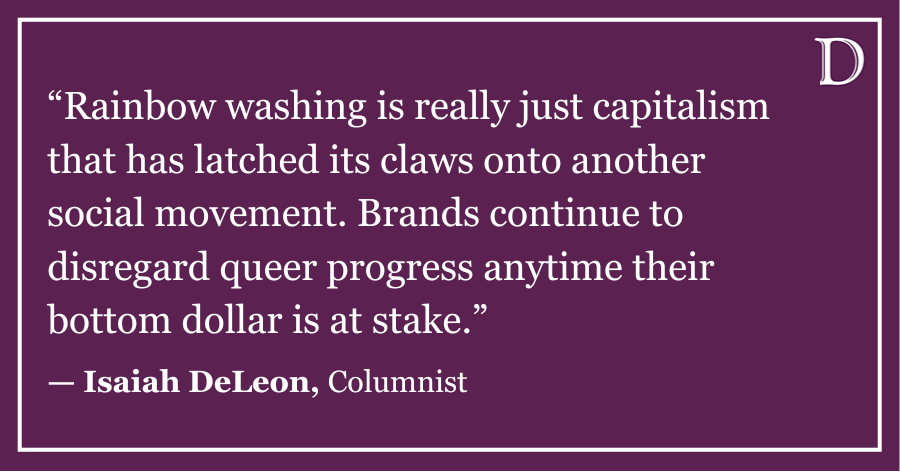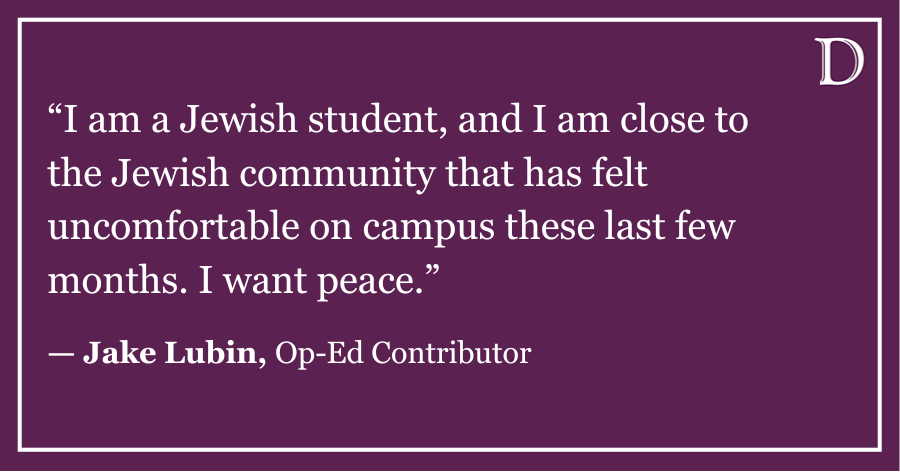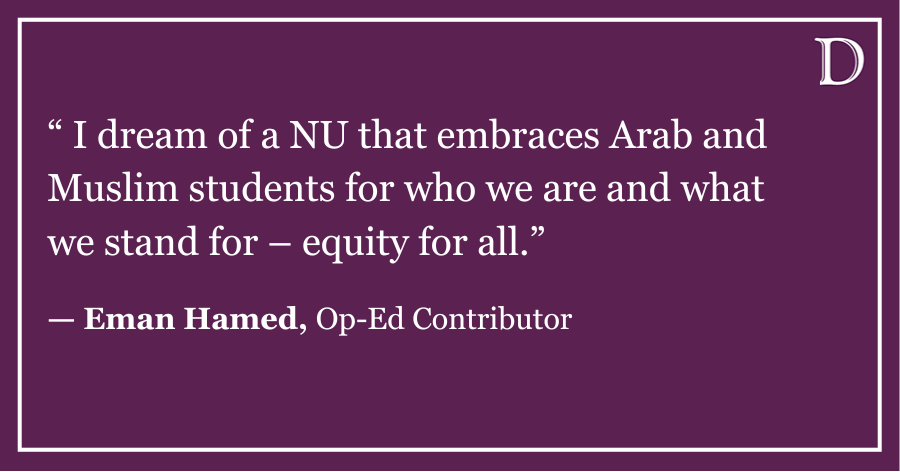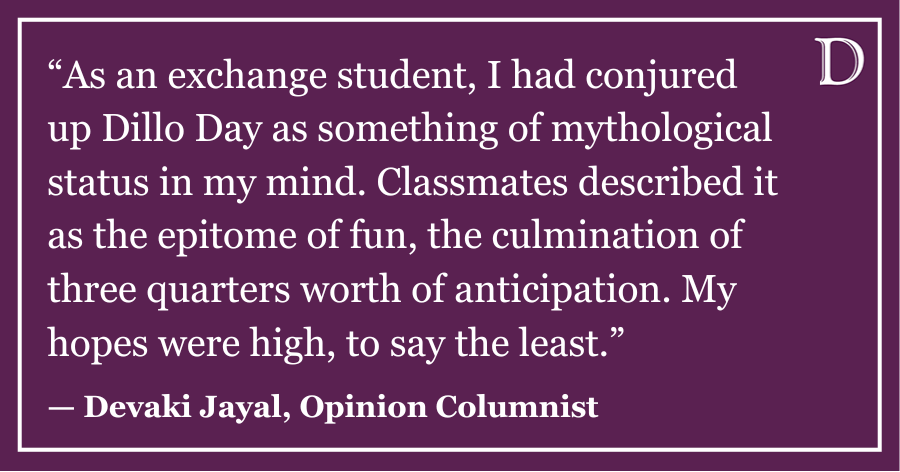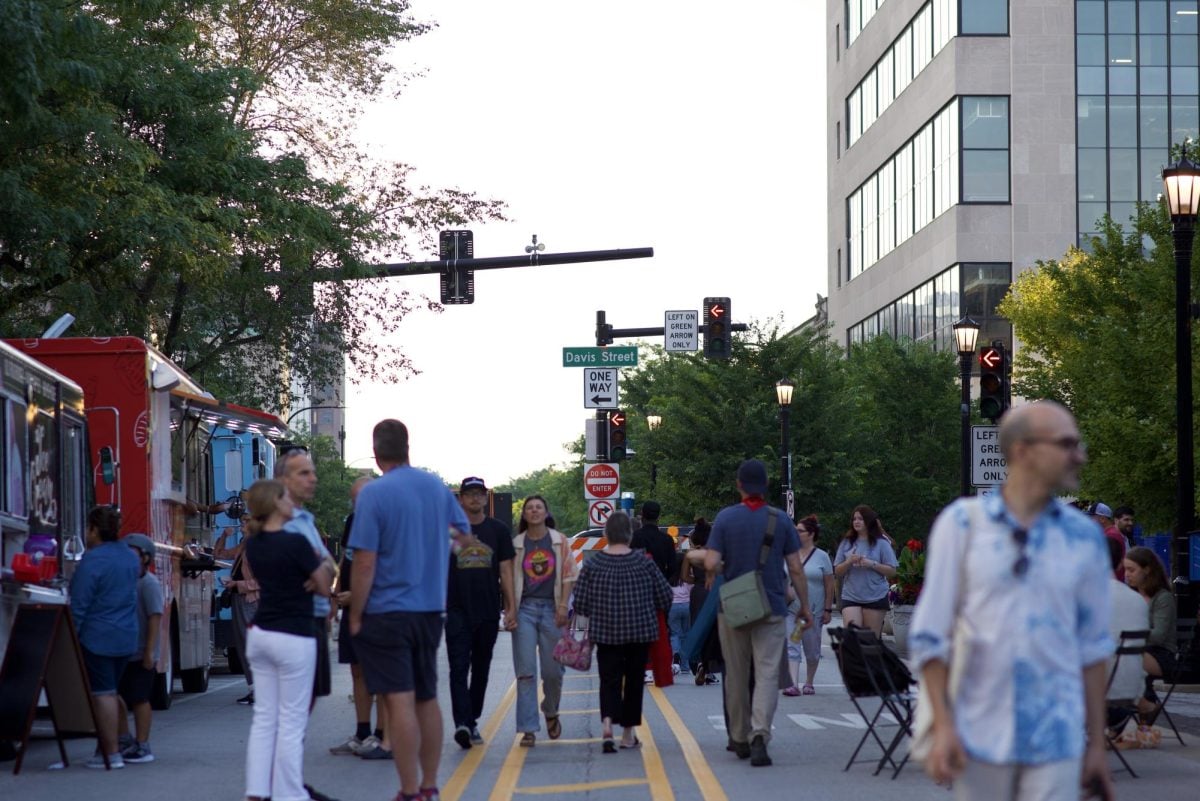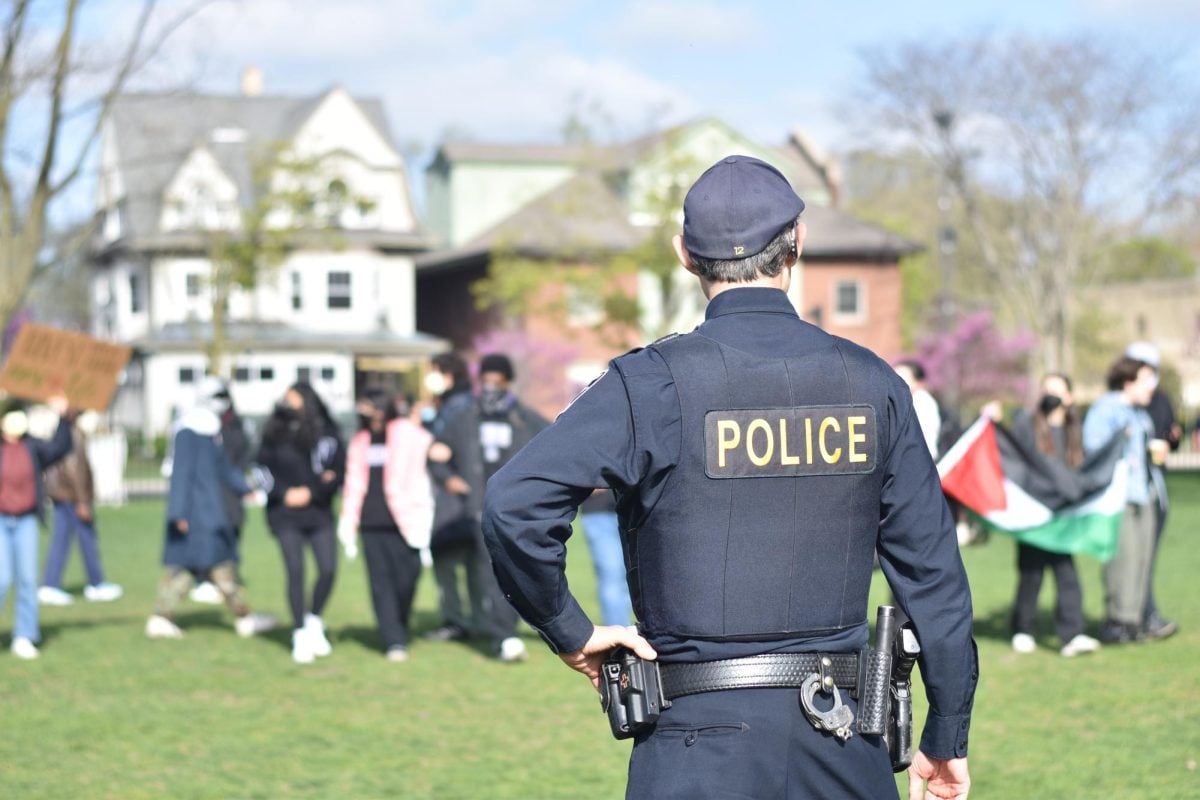When I was in elementary school, back when Netflix was known for sending out DVDs, my mother placed a series of films in our queue that I had never seen before. When it came time for her pick at family movie night, she placed a disk in the DVD player and started up what I assumed was just another family movie. “Kuch Kuch Hota Hai” flourished across the screen and within the first few minutes, I was hooked.
This was the first time I had seen people that looked like my family members on the big screen. Sure, there were Indian or South Asian people on TV in smaller roles, but this was a Bollywood movie, and brown people weren’t just the main characters — they were the entire cast. Even though we didn’t speak Hindi, this was as close as I had gotten to seeing my own community in starring roles. And so began my love for Bollywood movies, but I couldn’t shake the feeling that I was an outsider looking in.
My family is Indo-Guyanese, and I’ve written previously about my affinity for Guyanese food and the closeness of my community. But, I feel like one of the underlying reasons as to why my Guyanese family seemed so tight-knit is because we find community in each other. It’s hard to relate to the South Asian American diaspora, especially if you’re outside of New York City.
The double displacement of the Indo-Caribbean American begins on the Indian subcontinent. During the 19th century, hundreds of thousands of South Asian indentured servants were shipped to other British colonies as a way to replace the enslaved African laborers who had been recently freed.
This makes it difficult to connect with Desi Americans, whose families might have directly immigrated to the U.S., while my family’s closest ties to India emigrated to the Caribbean in the early 1900s. It’s hard to maintain cultural ties in a new country and environment. But, it gets even harder when an already diasporic community becomes diasporic again.
Indian indentured servants had to assimilate into an extremely racialized Caribbean in the first displacement, learning a new language and mixing with the other ethnic groups inhabiting the region at the time — namely Chinese, Black, Indigenous and European populations.
Indian culture has left an indelible mark on Guyana, in food, music and religion, among other ways. We eat dahl, curries and roti, some practice Hinduism and Indian-style dances are part of the culture, but these cultural ties are even further diluted when the second displacement to the U.S. takes place.
South Asian Americans theoretically have a more direct connection or single displacement from India. While Indo-Caribbean people, after migrating to America, must try to fit in yet again while not quite understanding or practicing the same exact customs as most of the people here who look like them.
Yes, I listen to Hindi-language music from some of my favorite movies. But I also listen to soca, a genre created by and for Caribbean people that is an amalgamation of African and East Indian music. When I was home over the summer, my grandma made me baigan or balanjay choka, a roasted eggplant and garlic dish of Indian influence. But every Thanksgiving she also makes Guyanese cookup rice, a coconut milk and pigeon pea dish of African origin.
These differences seem small, but I can’t help but feel set apart from the South Asian community here on campus. That’s not to say I’ve felt ostracized or unwelcome, that’s definitely not been my experience. It’s more like a self-imposed isolation — it’s exhausting having to explain my ancestry every time someone realizes I have brown heritage.
The Indo-Caribbean American experience is complex because of this hazy mediated image of “India” as an ancestral homeland while still rightfully claiming “home” as the Caribbean. It gets even more complicated when migration takes place to America, a nation intent on putting people in boxes.
Double displacement is a real phenomenon that impacts my community, but I think this displacement has allowed us to be closer to each other. I attribute this as to why my big extended family is so close. I’m proud to be Guyanese, and I’m proud of my Indian heritage, but as a mixed person, sometimes it feels like I have to prove my “Indianness” in a racially stratified America.
When I watch “Kuch Kuch Hota Hai,” I still cry every time the rain hides Anjali’s tears as she realizes her first love is unrequited. I’ll always laugh when Geet convinces Aditya to take her home to Bhatinda in “Jab We Met,” but I can’t help but feel this gnawing distance from a place that doesn’t really exist and from a community that I’m not truly part of.
Colin Crawford is a Medill junior. He can be contacted at [email protected]. If you would like to respond publicly to this op-ed, send a Letter to the Editor to [email protected]. The views expressed in this piece do not necessarily reflect the views of all staff members of The Daily Northwestern.












